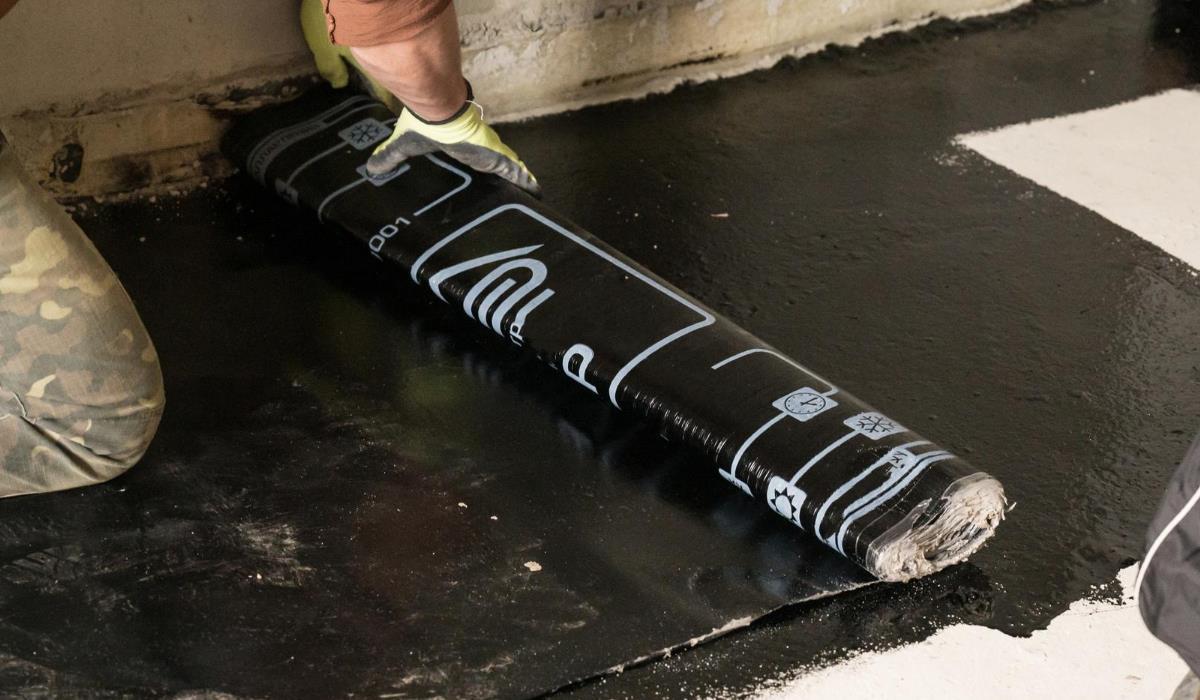Underfloor layers play a key role in the floor construction process, and their type and properties are closely related to the location of the building, the type of ceiling and the purpose of the room. Issues related to the installation of underfloor heating are also often taken into account.
Floor underlayment, also called underfloor underlayment, can take many forms depending on the construction specifications. Most often it is a concrete or anhydrite screed. It may also consist of plasterboards, gypsum fiber boards, OSB or boards. The thickness of the subfloor depends on many factors, including the structure of the ceiling and the presence of an insulating layer. If the surface is even and there is no need for insulation, the primer can be a thin leveling layer.
Poured foundations
Poured subfloor, also known as screed, is a solution that can be made wet using cement or anhydrite mortars. If underfloor heating is to be used, the underlay should be appropriately thick, usually around 6.5 cm. Portland cement is most often used as a screed binder. Depending on needs, sand may be used as a filler, although gravel or gravel is often used for thicker layers. If the underlay is to contain an underfloor heating system or is to contain additives to make it waterproof, plasticizers are added to the mass. It is worth noting that anhydrite screeds are not resistant to water and are not suitable for rooms with increased humidity levels.
Underfloor layers and prefabricated subfloors
Another solution is prefabricated sleepers, which are made of boards of various sizes. Dry screeds made of plasterboard or gypsum fiber boards are popular. Thanks to their low weight, they can be used on wooden beam ceilings. Their advantage is that there is no need to carry out wet work, which allows for faster finishing of the rooms.
Insulating layer

Insulating layers play a key role in the floor construction process. Thermal insulation effectively protects against heat loss, while acoustic insulation reduces noise transmission. The choice of appropriate insulating materials depends on the specificity of the building and the type of room. Roof/floor polystyrene boards are often used as thermal insulation in floors on the ground. The minimum insulation thickness depends on the building design, but is usually 12-15 cm. In the case of thicker insulation, it is recommended to lay it in two layers with staggered joints. When it comes to sound insulation, you can use special acoustic polystyrene or rock mineral wool boards. There are also waterproof, moisture-proof and vapor-proof insulations, used depending on the needs and nature of the room. In the case of wet rooms, such as bathrooms, it is necessary to use moisture-proof and vapor-proof insulation.
Leveling layer
A leveling layer made of self-leveling mortar facilitates the process of laying the floor. This type of mortar is liquid when mixed with water, which allows it to evenly fill any irregularities on the surface of the base. The final effect is a perfectly smooth and horizontal surface, which is difficult to obtain using traditional mortar. It is worth noting that some self-leveling screeds can be used as the final floor layer. To improve the aesthetics, you can also use floor paint or tiles. When preparing the self-leveling mortar, it is important to follow the recommended proportions of water and dry mixture to avoid a too thick or thin consistency that could affect the strength of the surface. The layer thickness should be in accordance with the manufacturer’s recommendations, taking into account the type of material and specific needs, e.g. from 1-5 mm, 2-10 mm or 10-25 mm.



